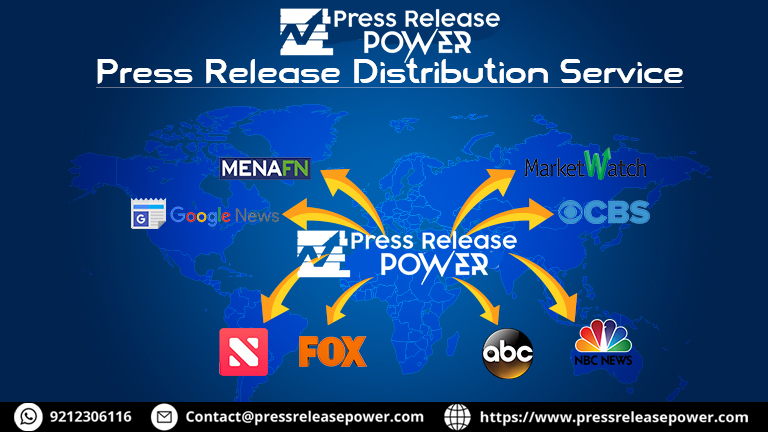Information Based on Data studying
In today's digital age, the abundance of data has given rise to the need for effective data management and analysis. Big data and data analytics have become crucial tools for businesses and organizations to gain valuable insights and make informed decisions. This article delves into the realm of data-driven insights, exploring the concepts of big data and data analytics, their significance, and how they shape various industries.
What is Big Data
Big data refers to the vast amount of structured, semi-structured, and unstructured data that organizations accumulate on a daily basis. This data is characterized by its large volume, high velocity, and diverse variety. Big data encompasses information from various sources, including social media, sensors, transactions, and more. The analysis of big data provides valuable insights that can lead to better decision-making, enhanced operational efficiency, and improved customer experiences.
The Importance of Big Data in Business
In today's competitive landscape, businesses across industries recognize the significance of big data. It enables organizations to gain a deeper understanding of customer behavior, identify emerging trends, optimize operations, and drive innovation. By harnessing the power of big data, companies can make data-driven decisions that positively impact their bottom line.
The Three V's of Big Data
Volume
Volume refers to the sheer amount of data generated and stored by organizations. With the proliferation of digital technologies, the volume of data has grown exponentially. From customer interactions to machine-generated data, organizations have access to vast quantities of information that can provide valuable insights.
Velocity
Velocity refers to the speed at which data is generated, collected, and processed. In today's fast-paced world, real-time insights are becoming increasingly important. Organizations need to analyze data promptly to gain a competitive edge and respond swiftly to market changes.
Variety
Variety pertains to the diverse types and sources of data. Data can come in various formats, including text, images, audio, video, and more. Moreover, organizations collect data from multiple sources such as social media, sensors, and transactional systems. Analyzing and making sense of this diverse data is a critical aspect of big data analytics.
Data Analytics Unleashing the Power of Big Data
Data analytics is the process of examining and interpreting data to uncover meaningful patterns, trends, and insights. It involves applying statistical algorithms, machine learning techniques, and data visualization to extract knowledge and inform decision-making. Data analytics plays a pivotal role in transforming raw data into actionable intelligence.
Types of Data Analytics
Descriptive Analytics
Descriptive analytics focuses on summarizing historical data to gain insights into past events and understand what has happened. It involves analyzing data to answer questions like "What happened?" and "How did it happen?" Descriptive analytics provides a foundation for other types of data analytics.
Diagnostic Analytics
Diagnostic analytics goes a step further and aims to understand why certain events occurred. It involves analyzing data to answer questions like "Why did it happen?" and "What were the contributing factors?" Diagnostic analytics helps identify patterns, correlations, and causal relationships in data.
Predictive Analytics
Predictive analytics uses historical data and statistical modeling techniques to make predictions about future events or outcomes. It involves analyzing data to answer questions like "What is likely to happen?" and "What are the potential outcomes?" Predictive analytics enables organizations to anticipate trends and make proactive decisions.
Prescriptive Analytics
Prescriptive analytics takes predictive analytics a step further by providing recommendations and suggesting actions to optimize outcomes. It involves analyzing data to answer questions like "What should be done?" and "What actions will yield the best results?" Prescriptive analytics empowers organizations to make data-driven decisions and take actions with confidence.
The Role of Data Scientists
Data scientists play a crucial role in the world of big data and data analytics. They possess a unique skill set that combines statistical analysis, programming, and domain expertise. Data scientists are responsible for extracting meaningful insights from raw data, building predictive models, and developing data-driven solutions to complex problems.
Challenges in Managing Big Data
While big data offers immense potential, organizations face several challenges in effectively managing and utilizing it:
Data Quality: Ensuring the accuracy, completeness, and consistency of data can be a challenge when dealing with large volumes of information from diverse sources.
Data Integration: Integrating data from multiple sources and formats requires careful planning and robust data integration processes.
Scalability: As data continues to grow exponentially, organizations need scalable infrastructure and technologies to store, process, and analyze large volumes of data.
Data Privacy and Security: Protecting sensitive data from unauthorized access, breaches, and cyber threats is a significant concern in the era of big data.
Big Data and Data Analytics in Retail
In the retail industry, big data and data analytics are transforming the way businesses operate. Retailers can analyze customer behavior, preferences, and purchase patterns to personalize marketing campaigns, optimize inventory management, and improve the overall customer experience. By leveraging big data and data analytics, retailers can gain a competitive edge in a crowded marketplace.
Big Data and Data Analytics in Healthcare
The healthcare industry generates vast amounts of data, ranging from patient records and medical images to research studies and clinical trials. Big data and data analytics can help healthcare providers improve patient outcomes, streamline operations, identify disease patterns, and enhance treatment effectiveness. From predictive modeling to precision medicine, big data is revolutionizing healthcare delivery.
Big Data and Data Analytics in Finance
Financial institutions deal with enormous volumes of data related to transactions, market trends, customer behavior, and regulatory compliance. Big data and data analytics enable banks, insurance companies, and other financial entities to detect fraud, assess credit risks, personalize financial services, and optimize investment strategies. These insights contribute to more accurate decision-making and improved operational efficiency.
Big Data and Data Analytics in Marketing
In the realm of marketing, big data and data analytics provide valuable insights into customer preferences, sentiment analysis, and marketing campaign performance. By analyzing social media data, website analytics, and customer feedback, marketers can target their audience more effectively, measure the success of marketing initiatives, and tailor their strategies accordingly.
Future Trends in Big Data and Data Analytics
The field of big data and data analytics continues to evolve rapidly. Here are some future trends to watch out for:
Artificial Intelligence (AI) and Machine Learning: AI and machine learning algorithms will play an increasingly important role in analyzing and interpreting big data, enabling more accurate predictions and intelligent decision-making.
Edge Analytics: With the proliferation of Internet of Things (IoT) devices, edge analytics will gain prominence. Edge analytics involves processing and analyzing data at the edge of the network, reducing latency and enabling real-time insights.
Data Governance and Ethics: As concerns around data privacy and ethics grow, organizations will focus on establishing robust data governance frameworks and ensuring responsible data use.
Augmented Analytics: Augmented analytics combines human expertise with automated algorithms to enhance the data analysis process, making it more accessible and empowering users with actionable insights.





 English (US) ·
English (US) ·